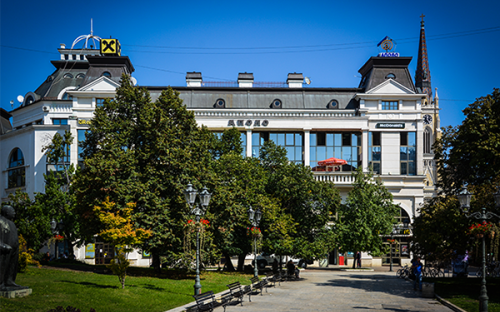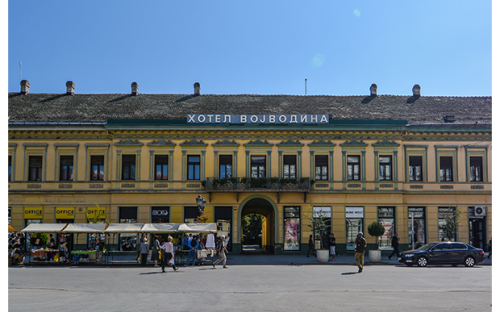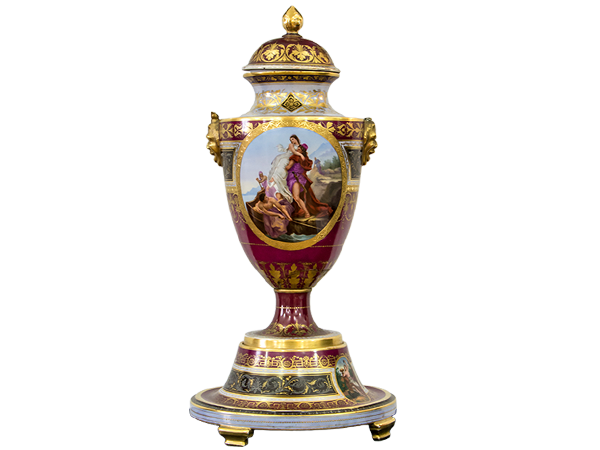
Classicism

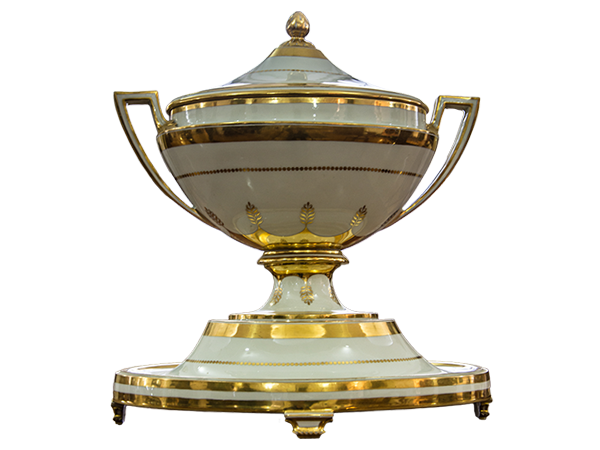
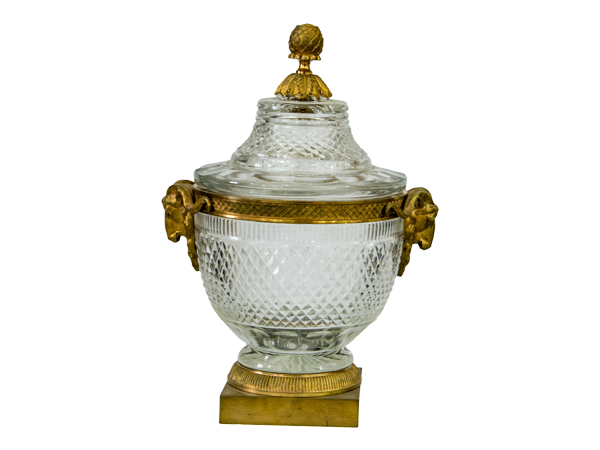
Apolo centre ( Jovan Hadžić house)
Built in the late eighteenth century, renovated in 1841, while it was owned by Jovan Hadzic, this single-storey house is one of the representative examples of classicism in architecture of Novi Sad. In 1980. after the construction of the Serbian National Theatre, there was a requirement for the remodeling of the destroyed space in this part of the city at the new theater square, and in 1992. decision has been made for upgrading the facility. The part of the old facility facing toward the theater, was upragaded and the entire building was converted into a business center named "Apollo" center.
Hotel Vojvodina
At the site of the present hotel building, there used to be a well known brewery owned by Johannes Heil, which had existed since the first half of the eighteenth century. But, like most of the city, it was destroyed in the bombing in 1849. In the year 1854 Johannes Eigler bought this land and began to build the hotel. The first name of the hotel was hotel "Elizabeth", in 1922. was changed to "Hotel Queen Mary," and today's name was given after the Second World War, when the hotel was nationalized. It was built in the classic style, with a 60 meters wide facade. Between 1895 and 1928, at the courtyard of the hotel, the Dundjerski Theatre existed.


